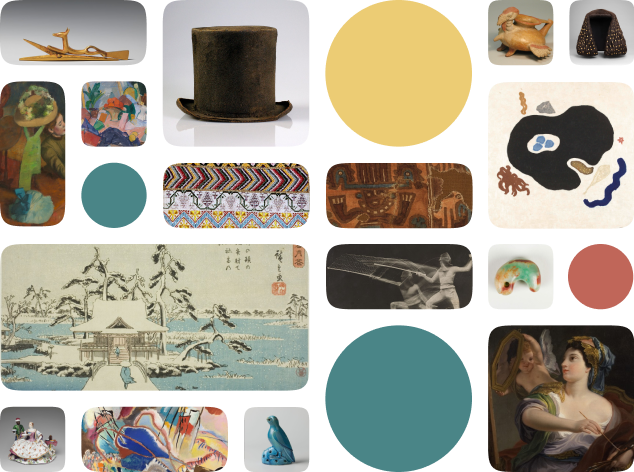Creator Name
--
Cultural Context
Date
Source
About the work
Cleveland Museum of Art Object Description
Transforming the spirit—not beautifying the mortal body—may have been the purpose of adding golden lips and jewelry to this painting. Egyptian-style burial customs and arts persisted throughout Greek, Roman, and Byzantine rule over Egypt (305 BCE–641 CE). The woman depicted in this panel lived between cultures. Her or her family’s choice of mummification reflected historical Egyptian practices of creating a physical “duplicate” for the deceased’s soul to rest in, and their decision to color her lips gold here may symbolize how death transformed her into an akh (effective spirit). In contrast, the choice of her clothing and hairstyle showed her embrace of contemporary ideals of Hellenic (Greco-Roman) Egyptian identity.
Work details
"--" = no data available
Title
Creator
--
Worktype
Cultural Context
Material
Dimensions
Technique
--
Language
--
Date
Provenance
Style Period
--
Rights
Inscription
--
Location
--
Source
Subject
--
Topic
--
All Works in Curationist’s archives can be reproduced and used freely. How to attribute this Work:
Funerary Portrait of a Young Girl, c. 25–37 CE, Cleveland Museum of Art. CC0.
Help us to improve this content!
Let our archivists know if you have something to add.
Save this work.
Start an account to add this work to your personal curated collection.
